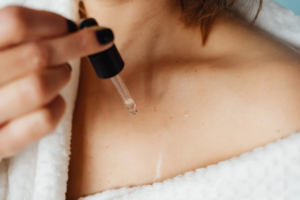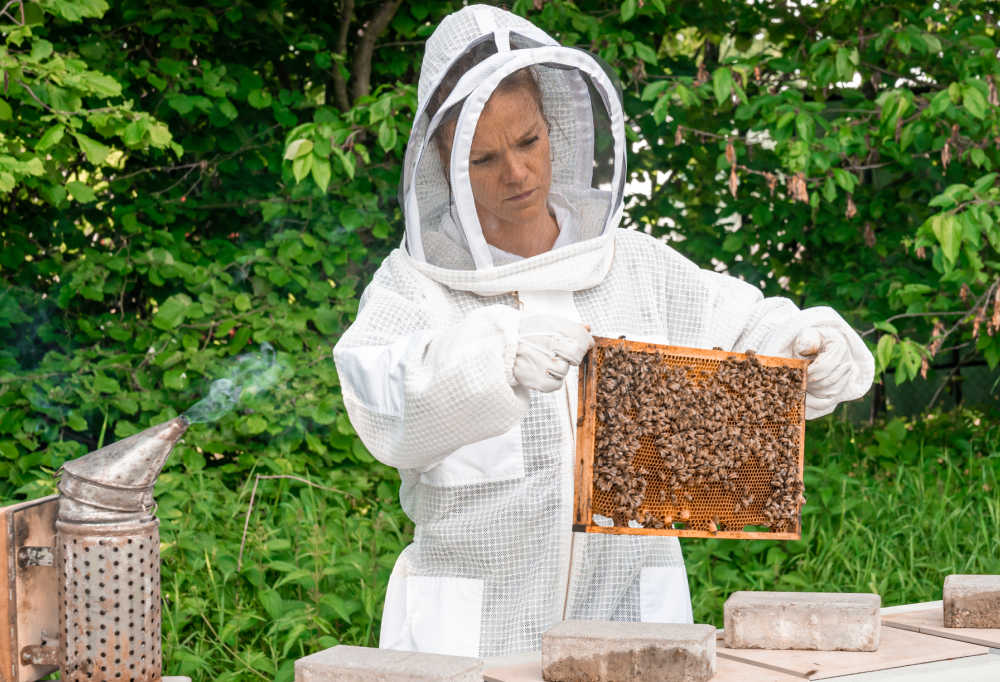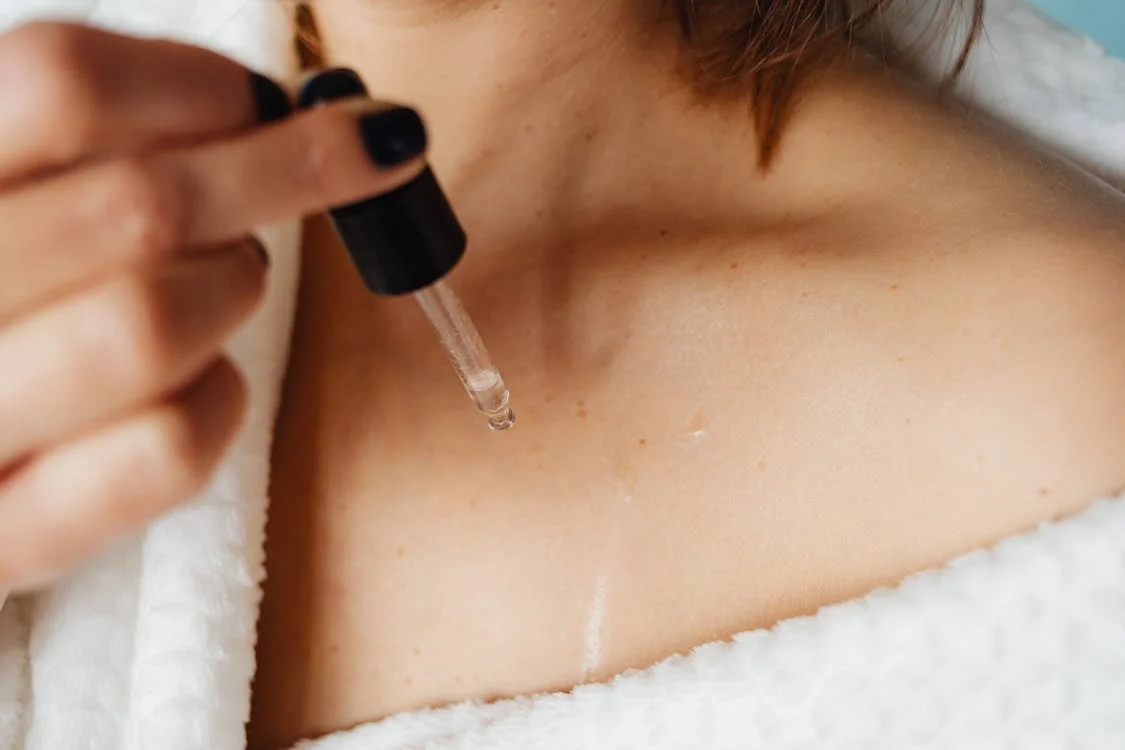Beekeeping is a fascinating and rewarding hobby, but it comes with its share of challenges, especially when it comes to safety. Whether you are a seasoned beekeeper or a novice just starting, understanding the importance of beekeeping suits is crucial. In this comprehensive guide, we’ll delve into the world of beekeeping safety and explore the critical role that beekeeping suits play in keeping you protected and productive.
Table of Contents
The Buzz about Bee Stings
Bee stings are an inherent risk in beekeeping. Honeybees, while essential for pollination and honey production, are equipped with stingers as a defense mechanism. For beekeepers, this means the potential for painful stings. While some people may not have severe allergic reactions to bee stings, it’s essential to minimize the chances of getting stung, especially when working with large colonies.
Beekeeping Suits: Your First Line of Defense
Beekeeping suits are the primary safeguard against bee stings and other potential hazards associated with tending to your beehives. These specialized suits consist of several key components:
1. Veil
The veil is the hood that covers your face and neck. It is typically made of fine mesh that allows you to see and breathe while keeping bees away from your face. A good veil is crucial in maintaining visibility and protecting yourself from stings to the most sensitive areas.
2. Jacket or Suit
The jacket or full beekeeping suit is typically made from a thick, protective material that covers your entire body. It acts as a barrier between you and the bees, preventing stings and other potential injuries. Ensure that your suit fits well, allowing for movement and comfort.
3. Gloves
Beekeeping gloves are specially designed to protect your hands from stings and other potential risks. They should be made of durable, sting-resistant material while still allowing you to maintain dexterity for hive inspections and other tasks.
4. Boots and Leggings
Your lower body also needs protection. Beekeeping boots and leggings are designed to shield your feet and lower legs from stings and bee activity. These are usually made of durable, thick material to ensure maximum protection.
The Importance of Proper Fit
One of the most critical aspects of beekeeping suits is ensuring that they fit properly. An ill-fitting suit can leave gaps that bees can exploit to reach your skin. To guarantee the right fit:
– Measure yourself accurately before purchasing a suit.
– Consider wearing snug-fitting clothing underneath to prevent bees from accessing your skin.
– Make sure there are no gaps at the wrists, ankles, or waist.
Maintaining Your Beekeeping Suit
To ensure your beekeeping suit remains effective and durable, regular maintenance is crucial. Here are some essential tips:
Inspect for Tears and Damage: Before each use, inspect your suit for any tears or damage. Repair or replace any compromised areas promptly.
Clean Regularly: After each use, clean your suit to remove propolis, honey, or other substances that might attract bees.
Store Properly: When not in use, store your suit in a cool, dry place away from direct sunlight. This will help prevent degradation of the materials.
The Psychological Benefit
Besides physical protection, beekeeping suits offer a significant psychological benefit. Knowing that you are well-protected can help reduce anxiety and fear associated with beekeeping. This peace of mind enables you to work more efficiently and confidently with your hives.
Conclusion
In the world of beekeeping, safety is paramount. Beekeeping suits are your shield against the stings and potential hazards that come with managing bee colonies. They provide not only physical protection but also peace of mind, allowing you to enjoy your beekeeping journey to the fullest. Investing in a high-quality beekeeping suit is a step towards becoming a successful and confident beekeeper. So, suit up, and embrace the world of beekeeping with confidence, knowing that you have the essential protection you need.











